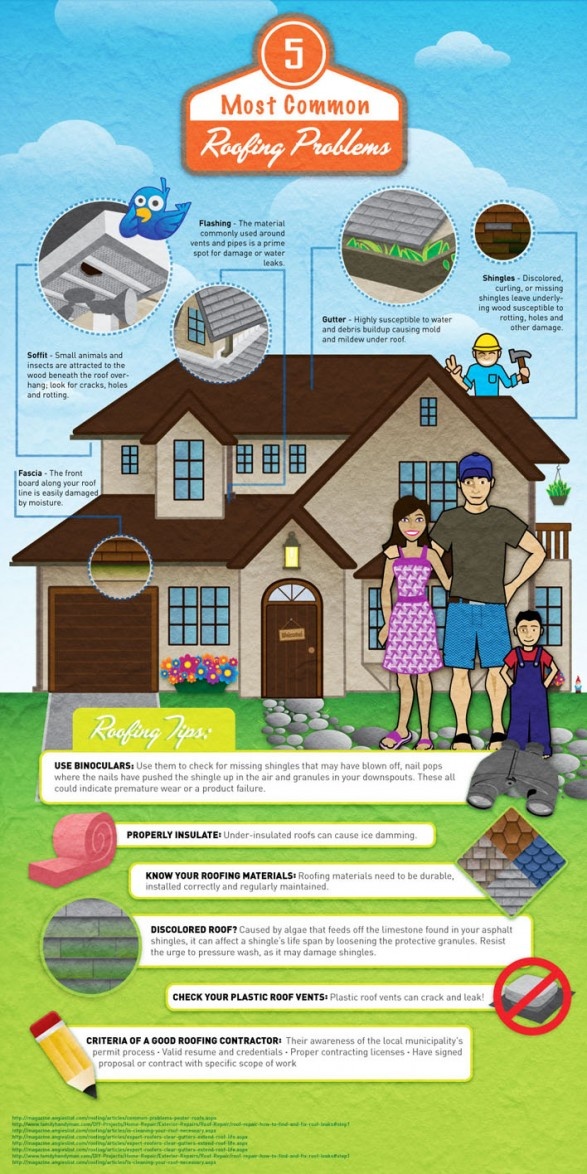Find Out How Different Climate Situations Can Affect Your Roofing System Setup, Aiding You Accomplish A Task Well Done
Find Out How Different Climate Situations Can Affect Your Roofing System Setup, Aiding You Accomplish A Task Well Done
Blog Article
Author-Lohmann Oh
When it involves roof covering setups, the weather can make or damage the task. Picture the frustration of taking care of products that won't work together because of severe heat or battling slippery surface areas caused by unanticipated rainfall. Understanding the influence of weather on your roof job is important for an effective result. So, allow's discover exactly how see this website can affect the quality and resilience of your roof installation, making sure a task well done.
Impact of Temperature Level on Roofing System Installation
When it comes to roof setup, temperature level plays a crucial function at the same time. go to website for roofing projects typically drops in between 45 and 85 degrees Fahrenheit. roof and gutter cleaning near me can cause materials like tiles to become as well flexible, causing possible damage throughout installment. On see this , cold temperature levels can make products fragile and susceptible to cracking. It is very important to arrange roofing system installments throughout modest temperatures to make sure the most effective end result.
During colder weather condition, contractors may require to take added precautions such as making use of heated devices or enabling materials to heat up before installment.
In contrast, heat may call for work to be done previously or later in the day to stay clear of the peak temperature levels. By taking into consideration the temperature level and its results on roofing products, you can aid ensure a successful setup that will withstand the aspects for many years ahead.
Impact of Precipitation on Roofing Projects
Roof projects can be dramatically affected by precipitation, influencing both the timeline and the high quality of the installment. Rainfall or snow can produce unsafe conditions, making it dangerous for roofing professionals to deal with a damp surface area. Additionally, wetness can endanger the bond of materials like shingles or underlayment, bring about prospective leakages or problems in the future.
If it rains throughout a roof covering project, the water can permeate right into susceptible areas, creating hold-ups as the installment team have to wait on the roof covering to dry before continuing. Too much dampness can also promote the growth of mold and mildew and mildew, additional jeopardizing the stability of the roofing.
To avoid these issues, it's advised to schedule roofing projects throughout drier seasons or keep an eye on the weather forecast carefully to plan about any type of potential rainstorms. By taking safety measures to work in positive weather conditions, you can guarantee a smoother and a lot more effective roof setup process.
Influence of Wind Speed on Installment Success
Throughout roof covering installation, the rate of the wind plays an essential function in determining the success of the job. High wind speeds can position considerable difficulties to roofing contractors, possibly bring about safety and security dangers and top quality problems. When wind speeds surpass suggested restrictions, it comes to be hard to deal with products, boosting the threat of accidents and damages to the roof materials. Strong gusts can also affect the accuracy of dimensions and the precision required for appropriate installation.
To ensure a successful roofing setup, it's important to monitor and take into consideration wind speeds. Preferably, roof covering installment should take place on days with low to moderate wind rates. This not only boosts the safety and security of the employees but additionally improves the overall high quality of the setup.
Roof covering jobs scheduled during tranquil weather conditions are most likely to be finished effectively and with fewer errors. By taking note of wind rate forecasts and planning accordingly, you can assist ensure a smooth and effective roof covering installation process.
Final thought
So, when it involves roofing system installation, bear in mind to consider the weather conditions to make sure a successful job. Optimum temperature levels, completely dry conditions, and modest wind speeds are essential elements to prioritize for a smooth installment process. By scheduling your project throughout the best seasons and optimal climate condition, you can achieve a sturdy and long-lasting roof covering that will certainly safeguard your home for years to find.
